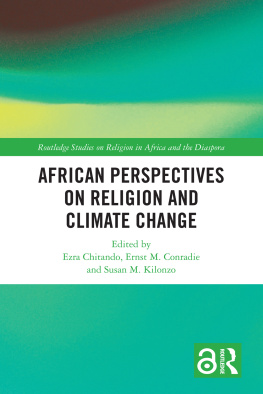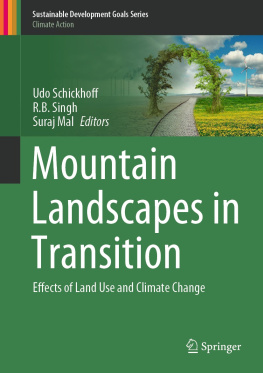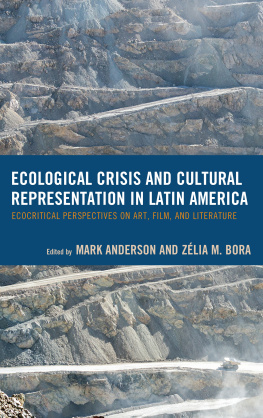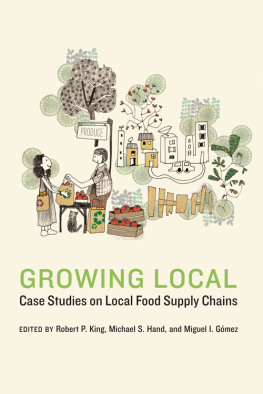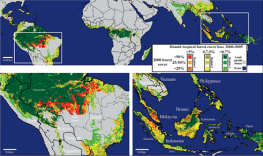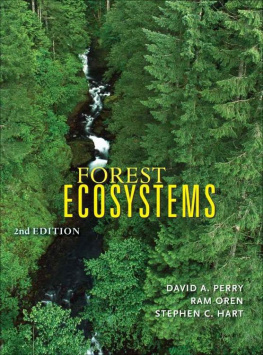Lands at Risk in the Third World
About the Book and Editors
This book presents important case studies highlighting social, economic, political, and biological dimensions of environmental degradation in the Third World. Focusing on areas identified as experiencing or at risk for deterioration, the studies are drawn from nearly every continent and cover most of the larger ecosystems of the Third World, including arid and semiarid rangelands, tropical rain forests, steep-sloped mountains and hills, tropical river basins, and coastal lowlands. The authors use local data to examine, test, and refine larger explanatory models and theories, showing how comparisons of case-specific data can sharpen our knowledge about resource use in areas at risk. In doing so, the authors address two critical questions: How can land degradation processes be identified and how can the human role in land degradation be separated from the effects of climate and other natural actions?
Peter D. Little is senior research associate at the Institute for Development Anthropology. Michael M Horowitz is director of the Institute for Development Anthropology and professor of anthropology at SUNY-Binghamton.
Monographs in Development Anthropology
Under the General Editorship of
DAVID W. BROKENSHA
MICHAEL M HOROWITZ
and
THAYER SCUDDER
Sponsored by the Institute for Development Anthropology
Anthropology and Rural Development in West Africa, edited by Michael M Horowitz and Thomas M. Painter
Lands at Risk in the Third World: Local-Level Perspectives, edited by Peter D, Little and Michael M Horowitz, with A. Endre Nyerges
Anthropology of Development and Change in East Africa, edited by David Brokensha and Peter D, Litde (forthcoming)
Anthropology and Development in North Africa and the Middle East, edited by Muneera Salem-Murdock and Michael M Horowitz (forthcoming)
Lands at Risk in the Third World: Local-Level Perspectives
edited by Peter D. Little and Michael M Horowitz, with A. Endre Nyerges
Foreword by Gilbert F. White
First published 1987 by Westview Press
Published 2018 by Routledge
52 Vanderbilt Avenue, New York, NY 10017
2 Park Square, Milton Park, Abingdon, Oxon OX14 4RN
Routledge is an imprint of the Taylor & Francis Group, an informa business
Copyright 1987 by the Institute for Development Anthropology
All rights reserved. No part of this book may be reprinted or reproduced or utilised in any form or by any electronic, mechanical, or other means, now known or hereafter invented, including photocopying and recording, or in any information storage or retrieval system, without permission in writing from the publishers.
Notice:
Product or corporate names may be trademarks or registered trademarks, and are used only for identification and explanation without intent to infringe.
Library of Congress Cataloging-in-Publication Data
Lands at risk in the Third World.
(Monographs in development anthropology)
Bibliography: p.
Includes index.
1. Land use, RuralEnvironmental aspects
Developing countries. I. Little, Peter D.
II. Horowitz, Michael M, 1933 . III. Series.
HD1131.L37 1987 333.73'13 86-51423
ISBN 13: 978-0-367-01220-5 (hbk)
Contents
- Part I
Models of Resource Management - Part II
The Role of the State - Part III
Changing Rights to Land and Other Resources - Part IV
Local Management Strategies
- Part I
Models of Resource Management - Part II
The Role of the State - Part III
Changing Rights to Land and Other Resources - Part IV
Local Management Strategies
Guide
Gilbert F. White
A perplexing, central issue in all programs for agricultural development is whether or not production can be gained or maintained without decreasing the resource base. This problem applies to all lands, but especially to Third World areas where incomes and food production per capita are perilously low. Since the great wave of enthusiasm for economic development efforts that began shortly after World War II, it has been posed in a variety of ways, ranging from convictions that the earth had already exceeded its carrying capacity (Vogt 1948), through more cautious predictions that large areas would be irrevocably threatened by the year 2000 unless drastic measures were taken (Council on Environmental Quality and Department of State 1980), to arguments that substantial population increases could be accommodated so long as certain prescriptions were followed (Repetto 1985; Simon and Kahn 1984).
The papers in this volume address one segment of analysis bearing on this issue that is basic to its resolution and that all too often is neglected in appraising development activity and prospects. The neglected sector comprises the effects of social structure, social process, and culture history on the practices leading to resource deterioration. We know far more about technologies to increase crop or forest production and about the diffusion of what we hope are improved practices than about their consequences when they are applied at particular times and places under particular social circumstancesfor the basic resources of land, water, and air.
Recent interest in development in the Third World has turned attention to why so many well-intentioned programs have gone wrong and to where either economic success or failure has led to environmental deterioration. This volume provides invaluable new information and insights on both, and on how they are related, in specific areas of Africa, Asia, and Latin America. All these areas are experiencing a welter of appraisal and self-examination concerning development programs, although with the exception of some recent publications many of these analyses are circulated only within funding organizations. The United Nations Environment Programme, for example, is sponsoring a review of why the ambitious 1977 plan of action to combat desertification led to such disappointing results. Understanding the conditions and histories of specific projects and areas is essential to such appraisal.
In appraising the burgeoning experience and in asking its relevance for future programs, there may be value in trying to place it in the context of four other streams of thought. These have to do with global trends in livelihood and dependence, with the environmental effects of land transformation, with the difficulties of predicting program outcomes, and with risks in addition to land degradation that farmers and herders face.
One important set of agricultural and health statistics suggests that in the face of growing population, per capita food production has more than kept pace, and life expectancy has continued to increase in most parts of the Third World (Holdgate, Kassas, and White 1982). While production has been threatened in some areas, it has gained in others. Africa, of course, is the major exception, but even there the shortfalls in food production are generally traced to socioeconomic and political causes rather than to deficiency in land resources. These conditions are linked in complex ways with the increasing interdependence of people in the Third World through flows of funds, commodities, labor, and information. Interdependence has fostered stability in some quarters and instability in others. Its circumstances are changing rapidly, and there is reason to question the supposition that the same set of external conditions of market, technology, or social structure will long prevail in any area in exactly the same mix.



